![]() ¿Qué es una parábola?
¿Qué es una parábola?
![]() What is a parable?
What is a parable?
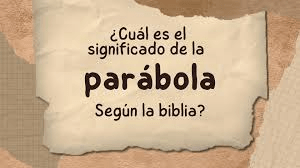
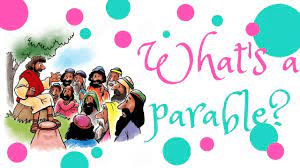
Es una historia terrenal con un significado celestial
It is an earthly story with a heavenly meaning
![]() ¿Quién contó esta parábola?
¿Quién contó esta parábola?
![]() Who told this parable?
Who told this parable?
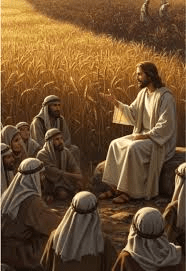
Jesús
versículo de memoria memory verse

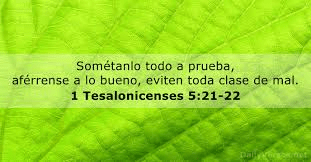

![]() Tema:
Tema:
![]() Theme:
Theme:
PARÁBOLA DEL TRIGO Y LA CIZAÑA
A Story About Wheat and Weeds
![]() ¿Quién es el enemigo?
¿Quién es el enemigo?
![]() Who is the enemy?
Who is the enemy?
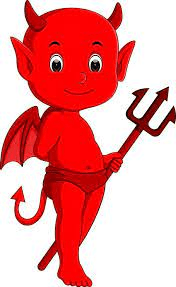
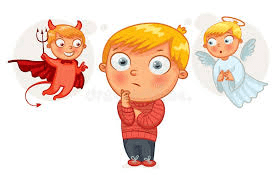
El diablo
The devil
![]() Base bíblica:
Base bíblica:
![]() Biblical basis:
Biblical basis:
Mateo 13:24-52
Matthew 13:24-52
![]() ¿Qué representa la mala hierba (cizaña )?
¿Qué representa la mala hierba (cizaña )?
![]() What do weeds (tares) represent?
What do weeds (tares) represent?
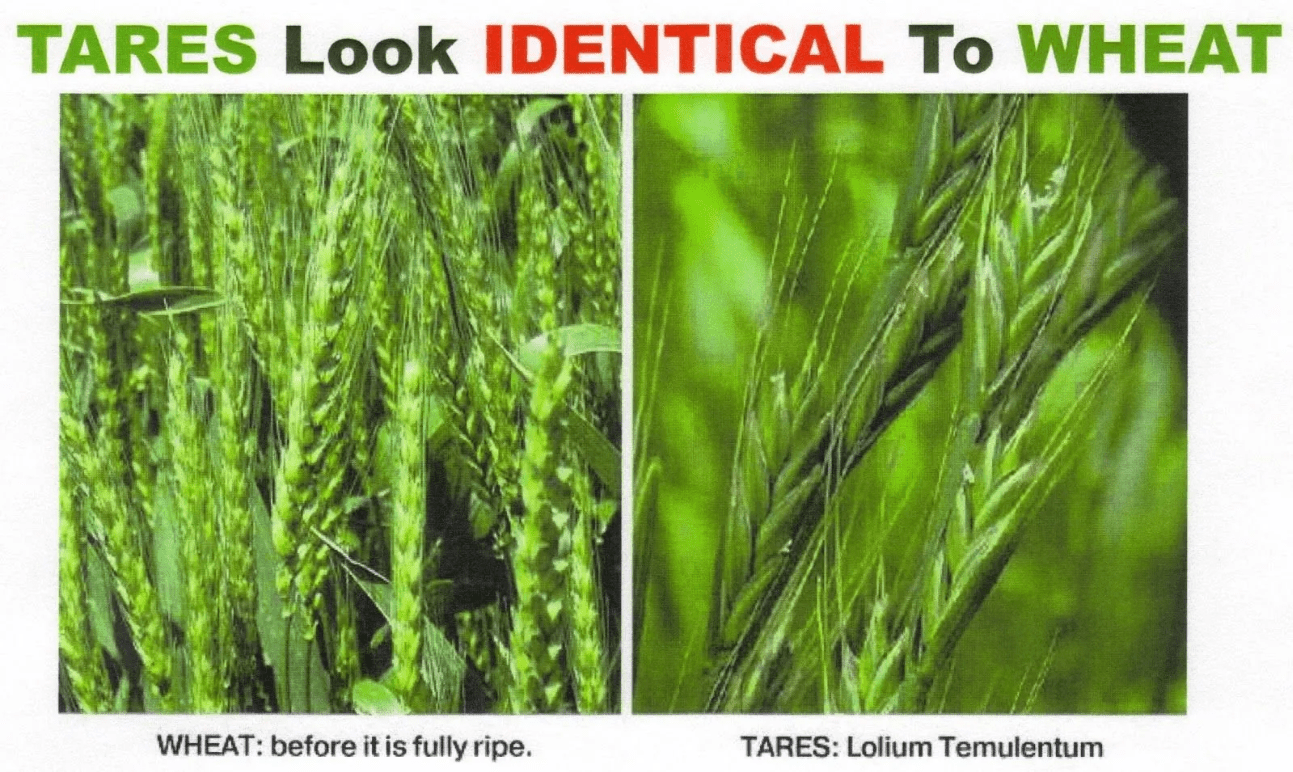


Representan a las personas que hacen lo malo y no obedecen a Dios.
They represent people who do wrong and do not obey God.
![]() ¿Quién representa el campo en esta parábola?
¿Quién representa el campo en esta parábola?
![]() Who represents the field in this parable?
Who represents the field in this parable?

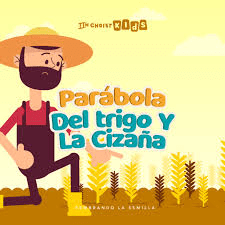
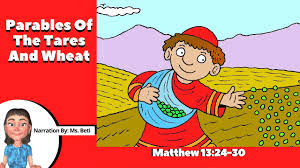
El mundo
The world

![]() ¿En esta parábola, quiénes son los trabajadores?
¿En esta parábola, quiénes son los trabajadores?
![]() In this parable, who are the workers?
In this parable, who are the workers?
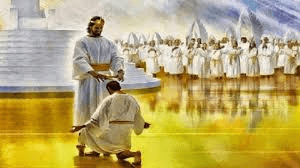
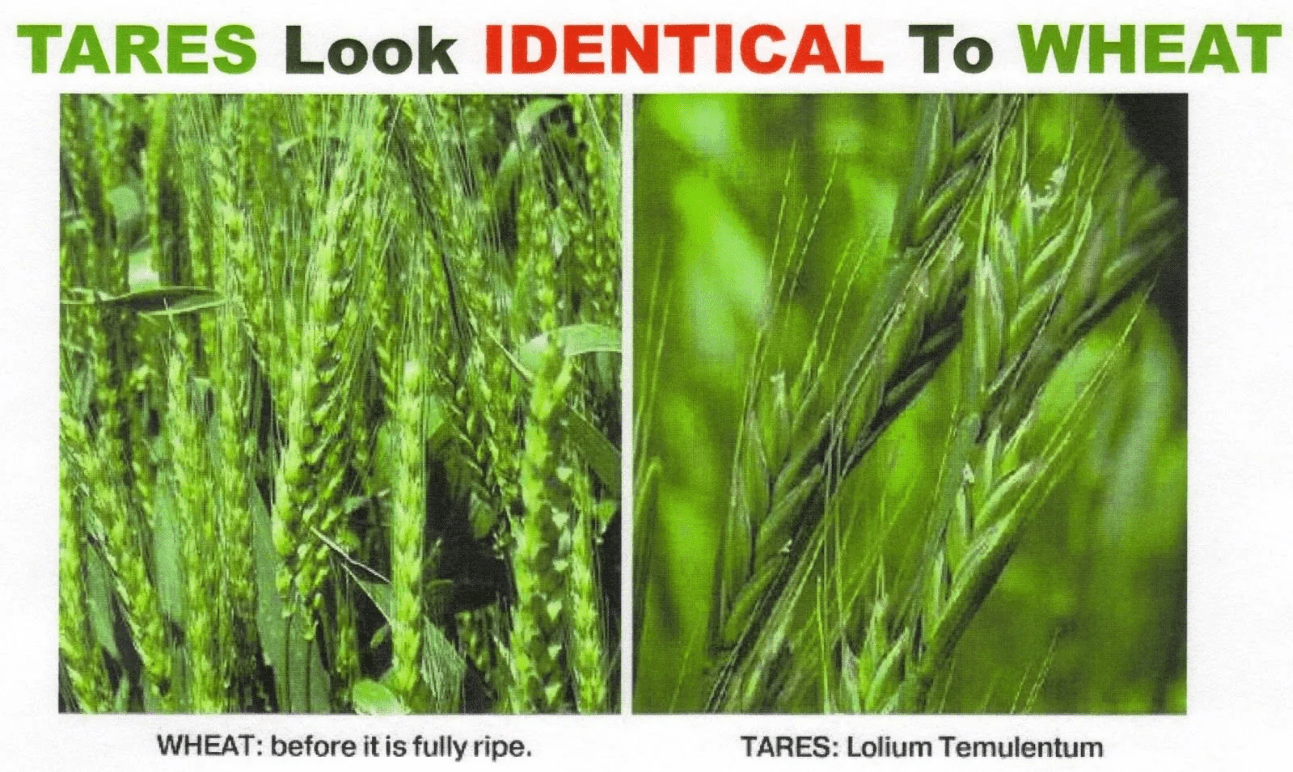
Los ángeles.
The angels.
![]() ¿El trigo representa?
¿El trigo representa?
![]() Does wheat represent?
Does wheat represent?
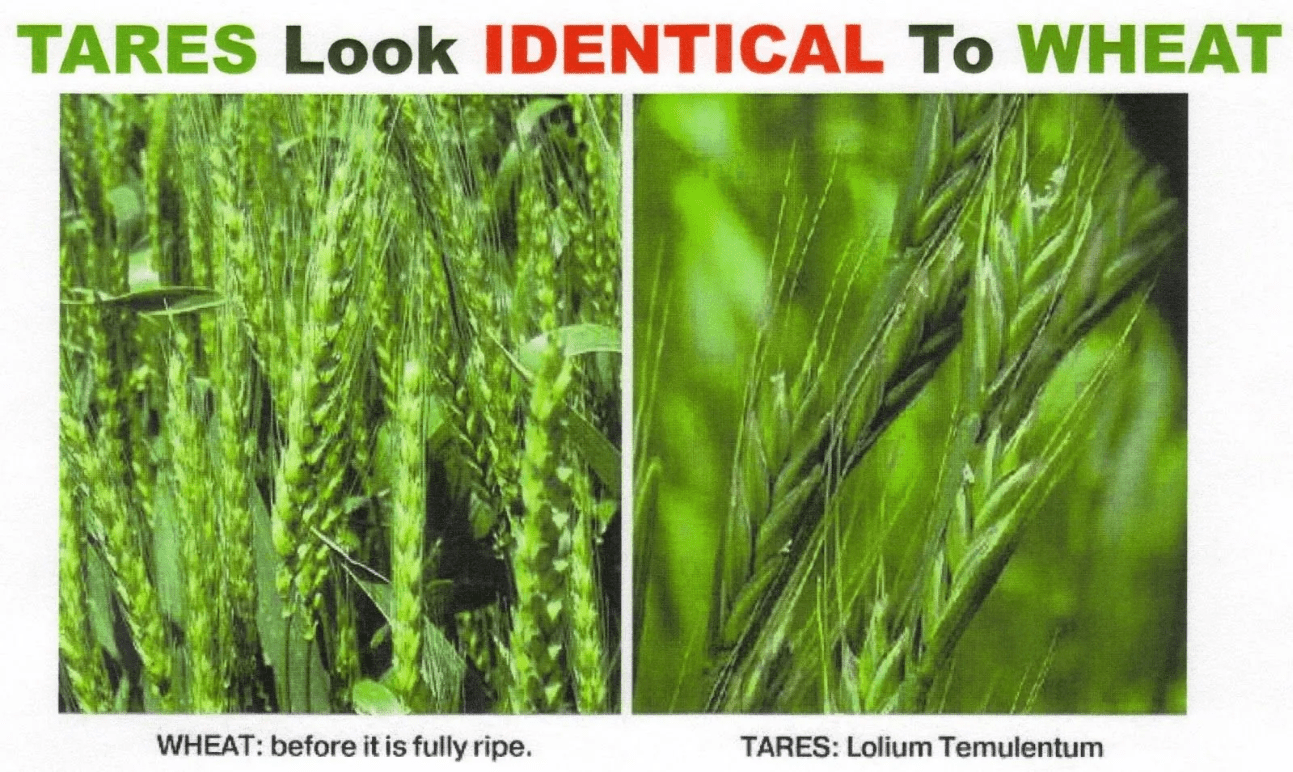


representa a las buenas personas, que aman a Dios lo obedecen y siguen sus enseñanzas.
good people, who love God, obey him, and follow his teachings.
![]() ¿Qué representa la cosecha en esta parábola?
¿Qué representa la cosecha en esta parábola?
![]() What does the harvest represent in this parable?
What does the harvest represent in this parable?
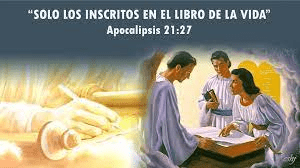
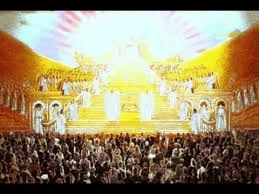
El fin del mundo. En ese día, Jesús enviará a sus ángeles para separar a los buenos (el trigo) de los malos (la cizaña). Los malos serán apartados para siempre,( y los buenos vivirán felices con Jesús
The end of the world. On that day, Jesus will send his angels to separate the good (the wheat) from the bad (the tares). The bad will be separated forever, and the good will live happily with Jesus.